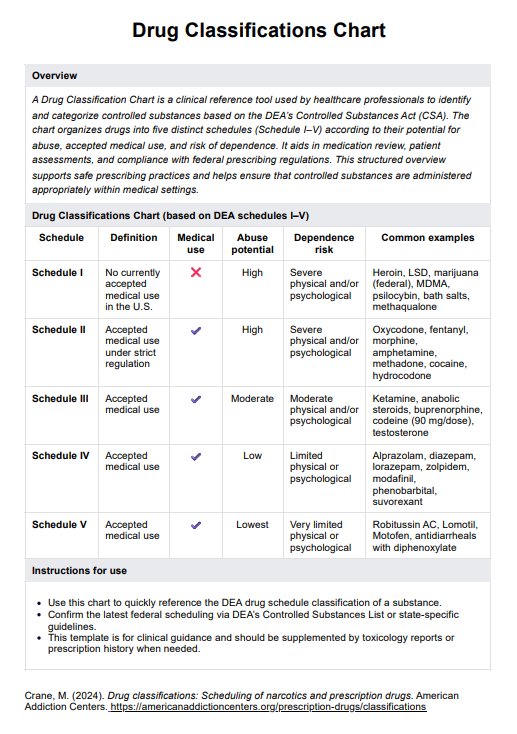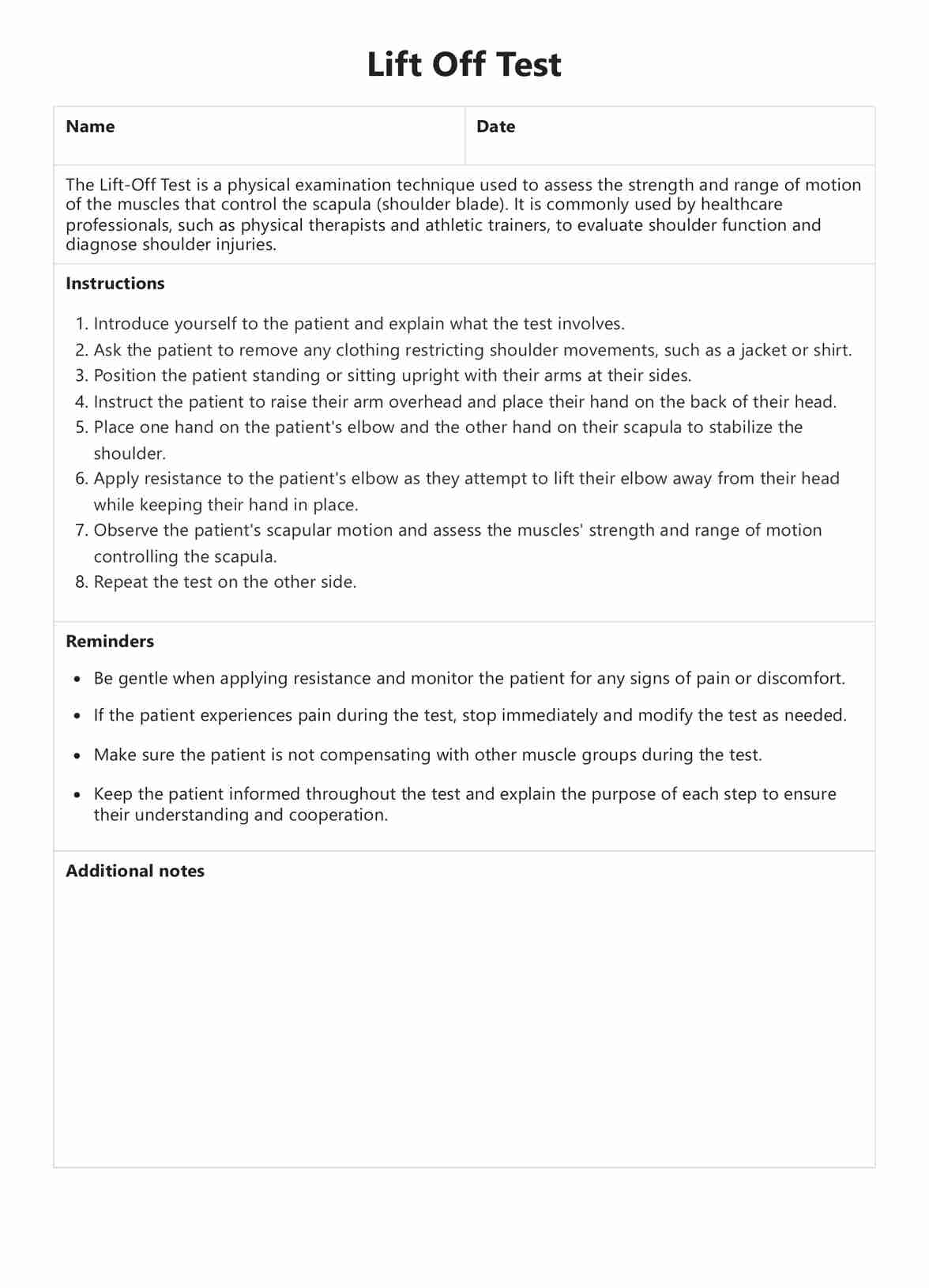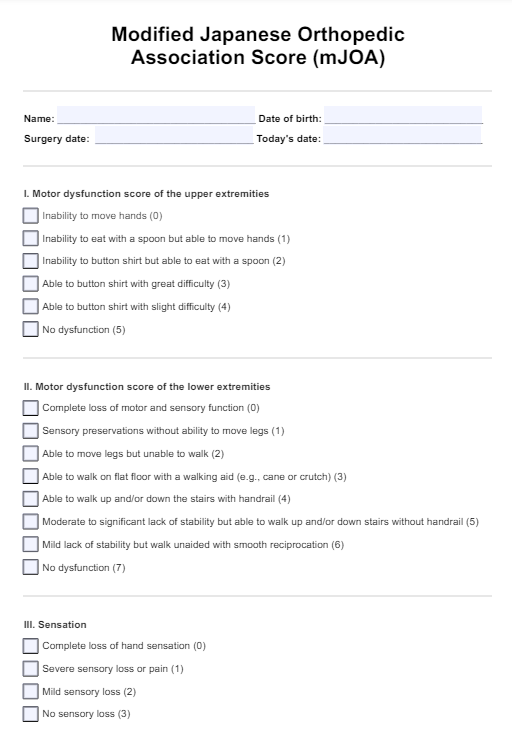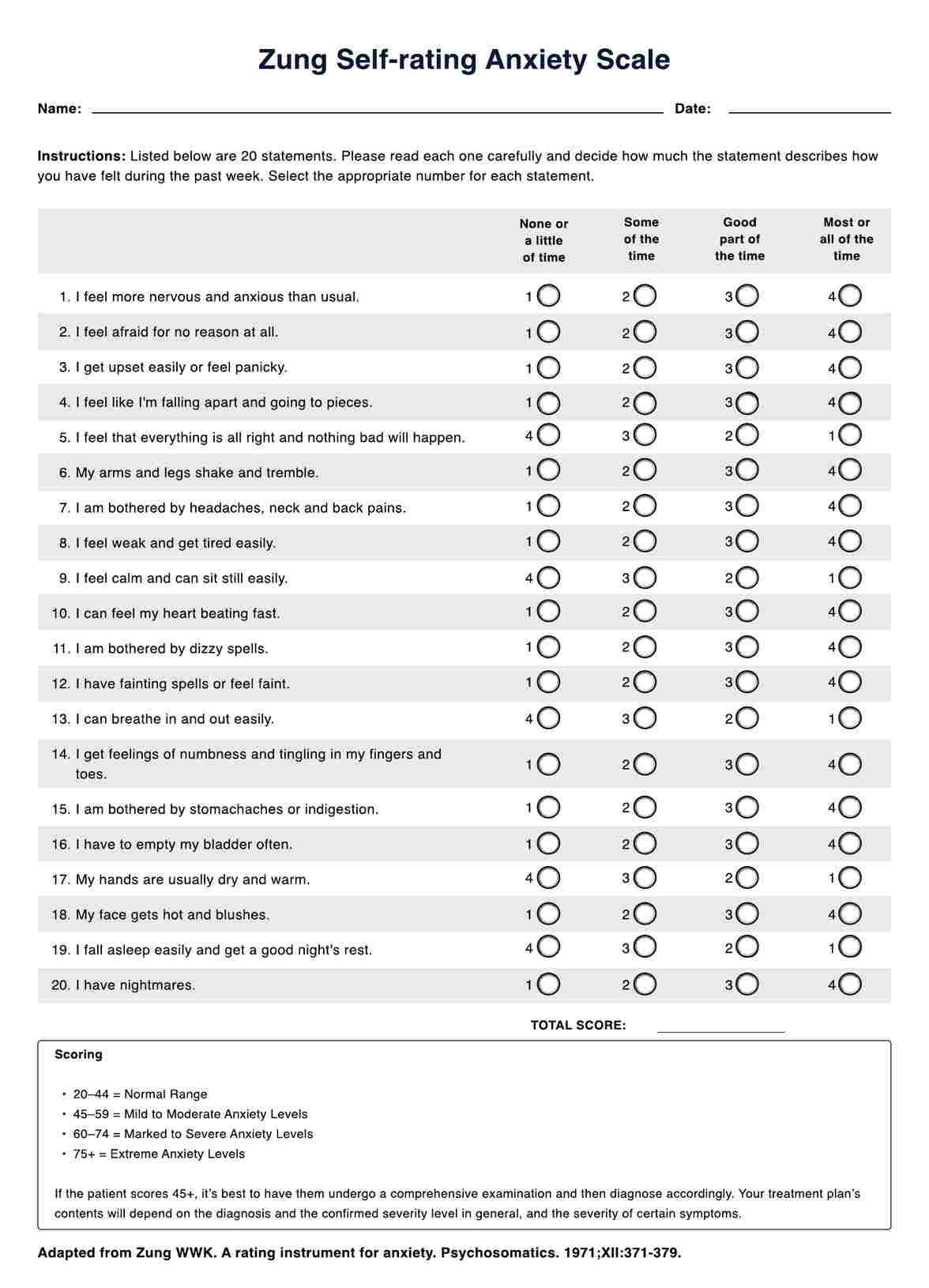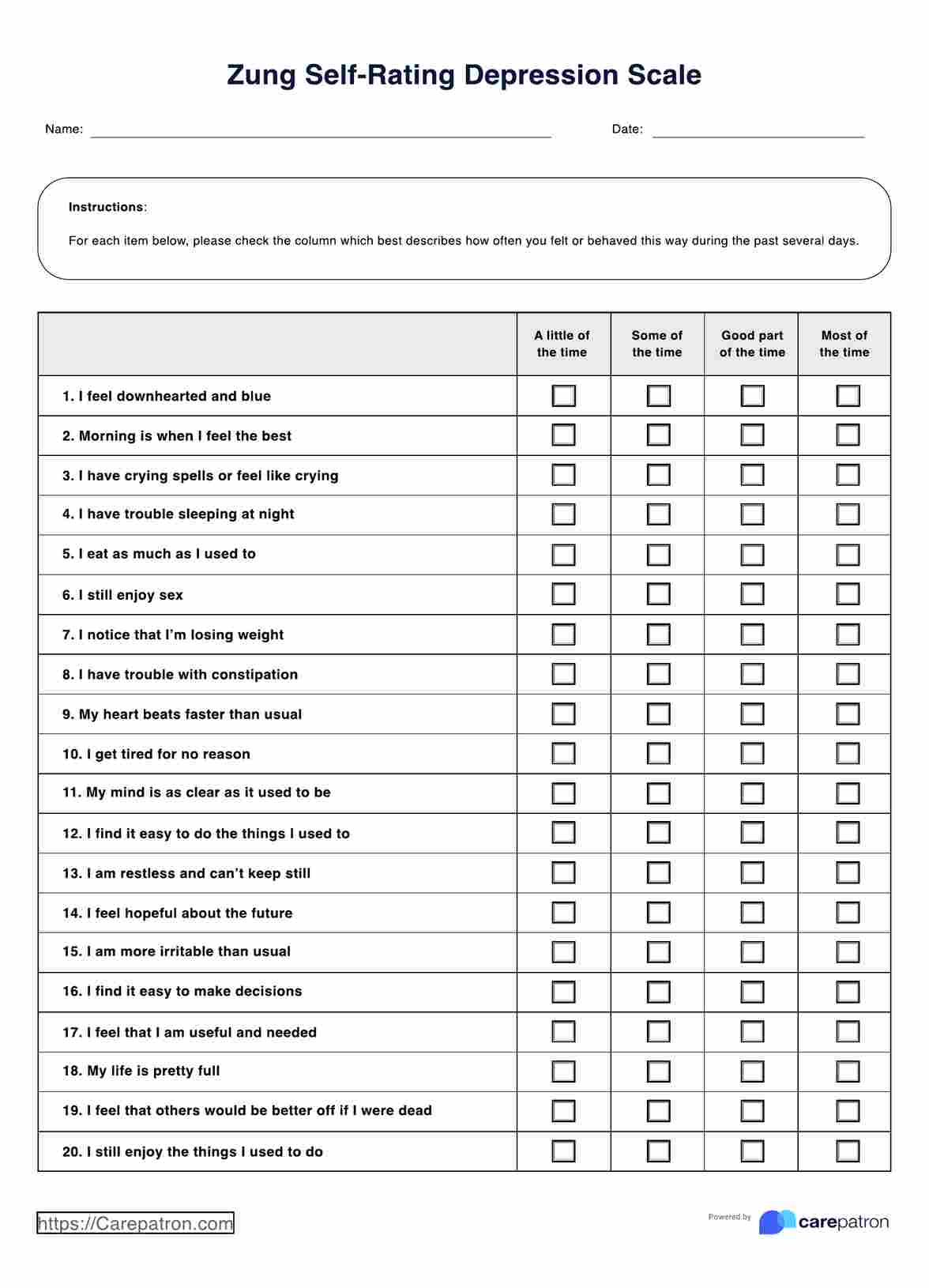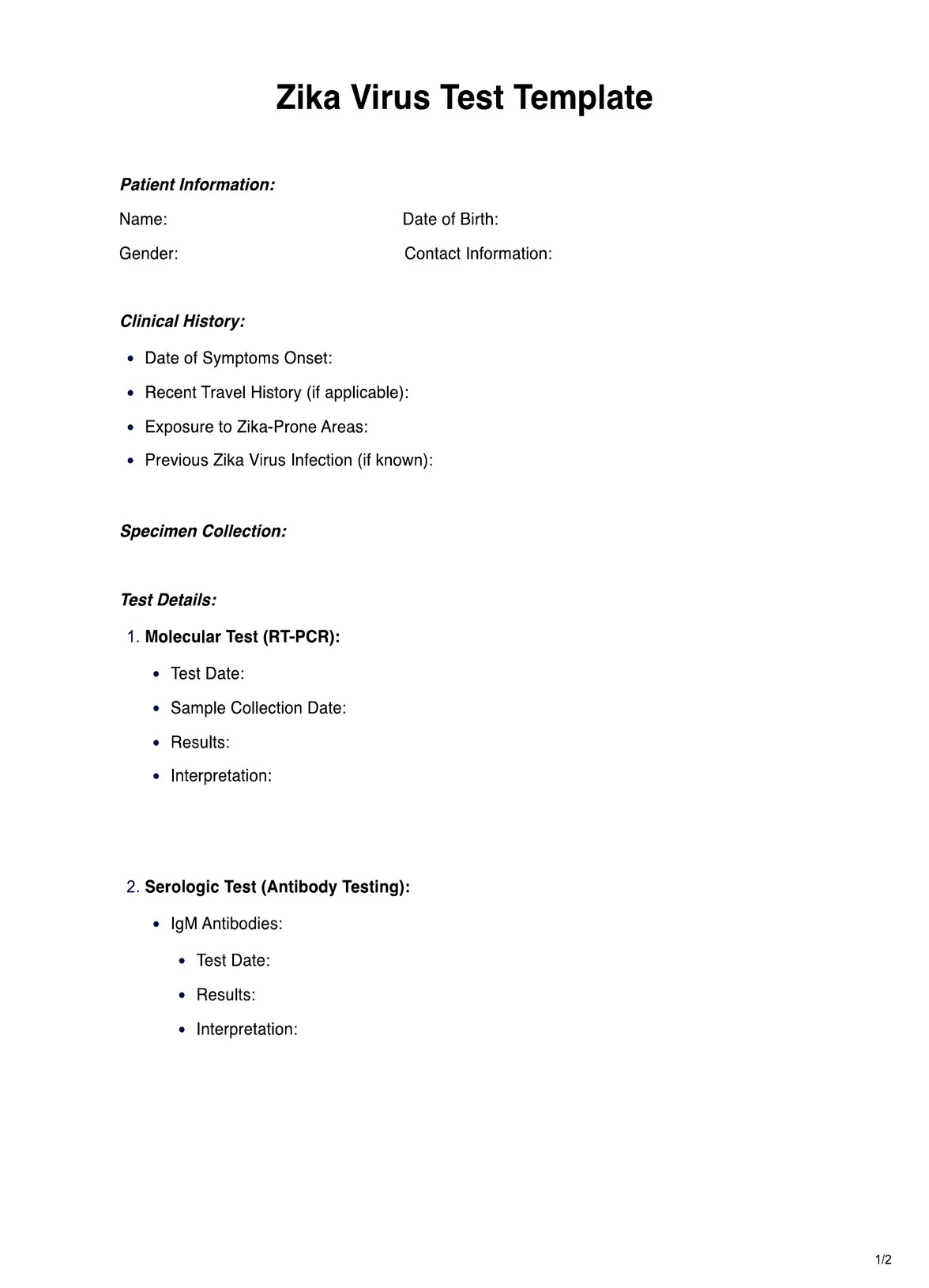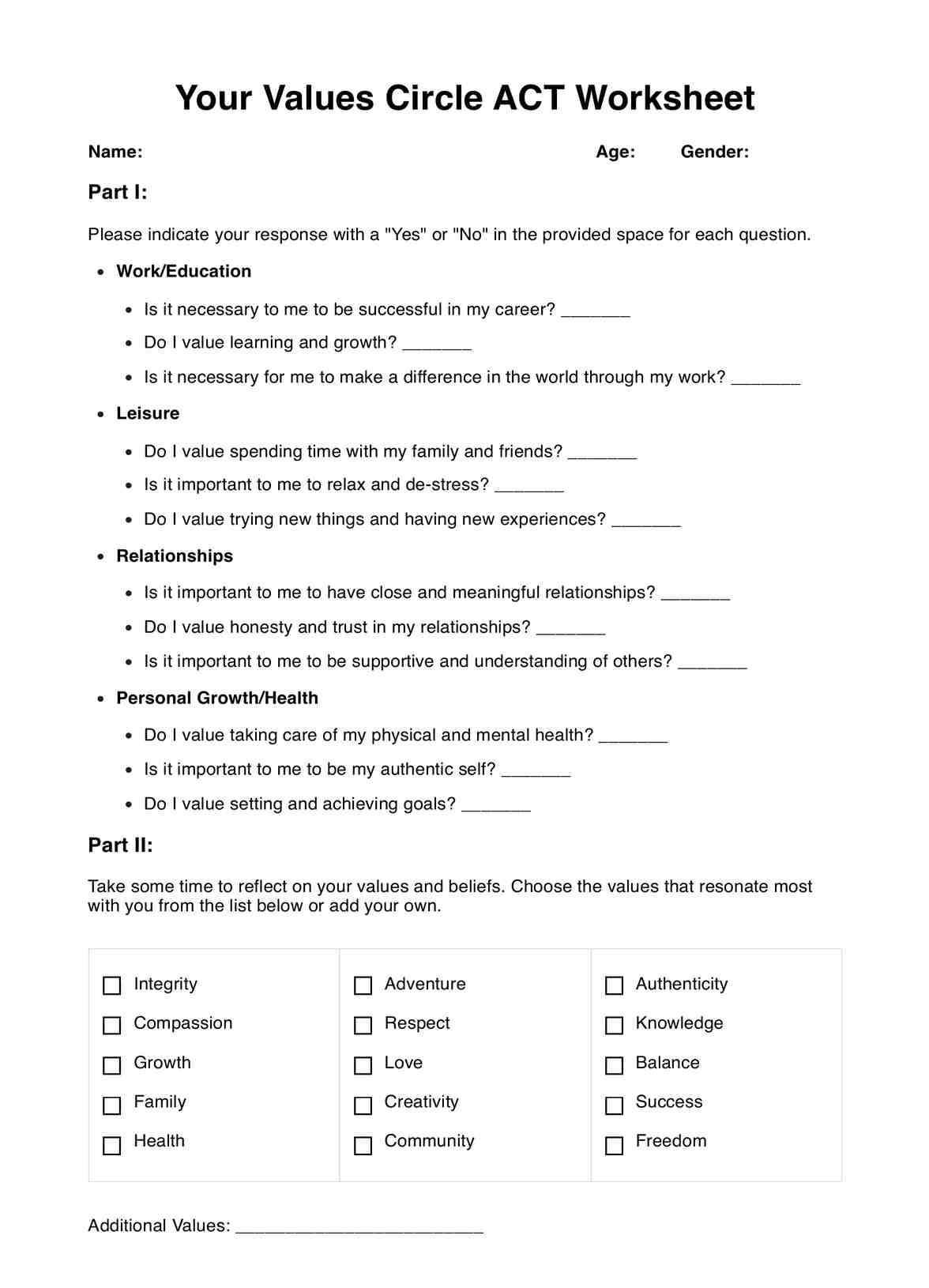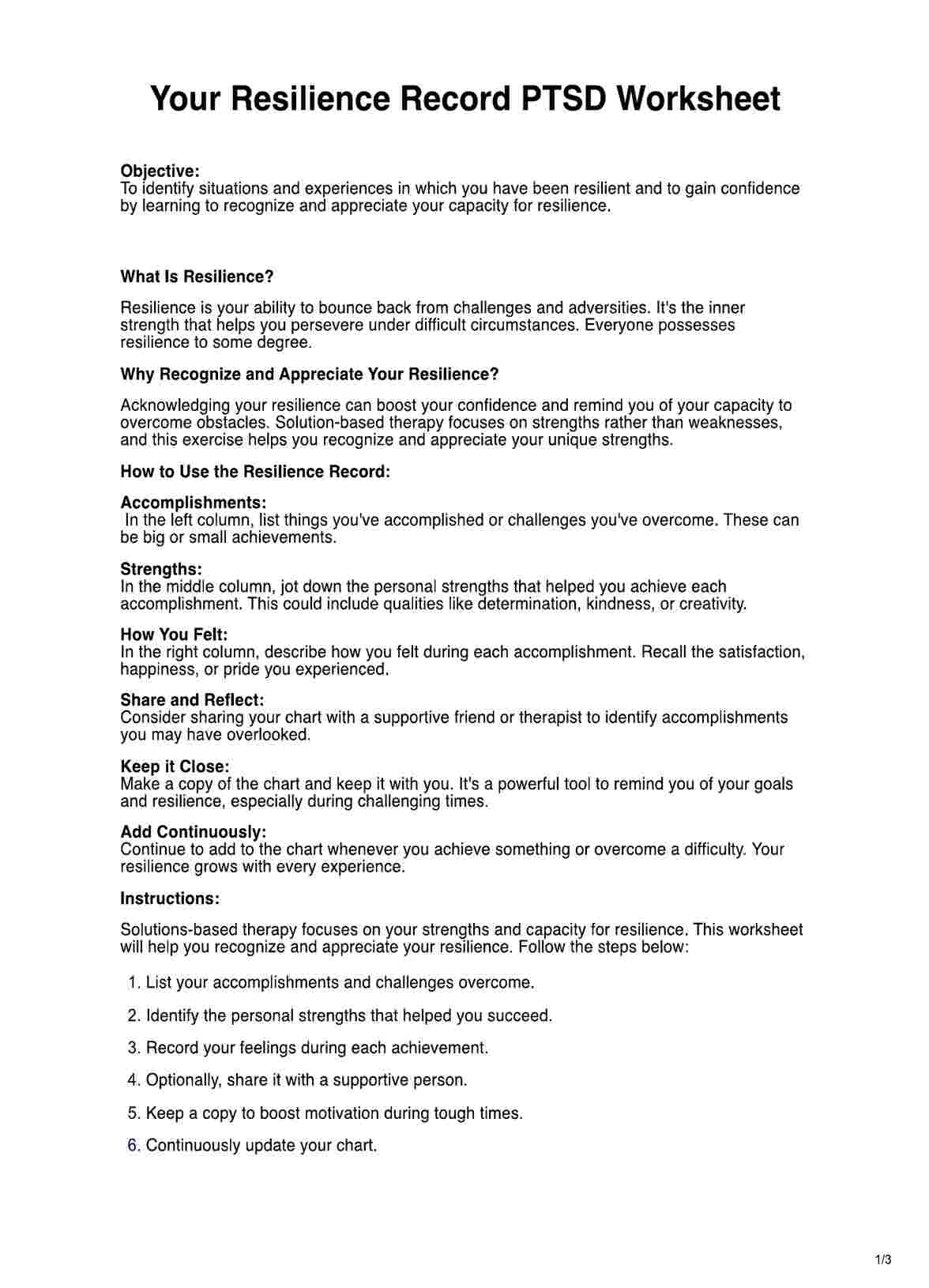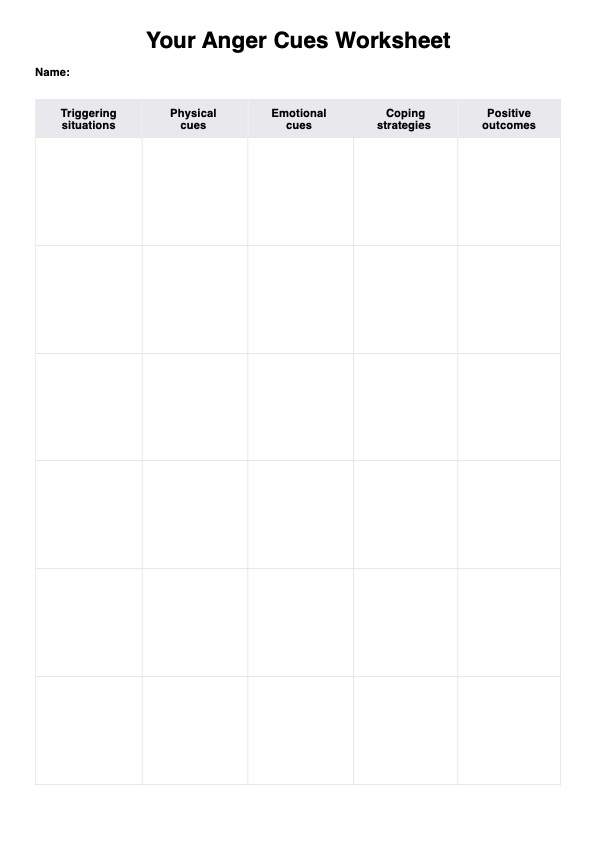The timeframe for completing the SMART Goals Worksheet varies based on individual goal complexity and contemplation time. Users spend 30 minutes to an hour thoroughly addressing each section and setting meaningful objectives.
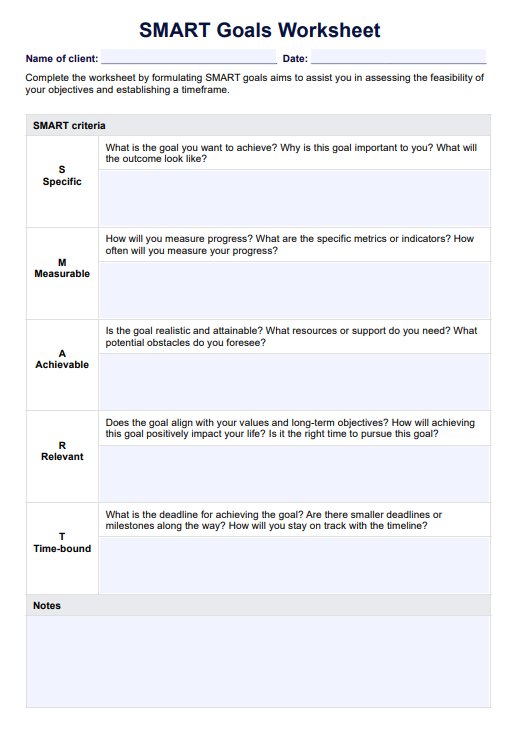
SMART Goals Worksheet
Increase the likelihood of success by giving your clients our SMART Goals Worksheet. Help them set specific, measurable, achievable, relevant, and time-bound goals.
SMART Goals Worksheet Template
Commonly asked questions
The SMART Goals Worksheet is a practical guide that fosters clarity and precision in goal-setting. Structuring goals through the SMART criteria enhances focus, facilitates measurable progress, and empowers individuals to achieve their aspirations strategically.
While the language and complexity are tailored for adults and older students, parents or educators can modify the worksheet to suit younger individuals. Simplifying language and adjusting questions can make it an adaptable tool for teaching goal-setting to kids.
EHR and practice management software
Get started for free
*No credit card required
Free
$0/usd
Unlimited clients
Telehealth
1GB of storage
Client portal text
Automated billing and online payments


